
Starting June 1st, 2023 Our warehouse fee will be $0.65/cubic foot per month
In effort to lower the warehouse storage fee during inflation, we have went narrow aisle racking.This construction took us four months but the project is finally completed. With narrow aisle racking, we are able to drop storage by 24%.We as partners will go through this inflation together.
04/02/2025
Supply chain forecasting is the secret weapon behind seamless logistics, cost efficiency, and customer satisfaction. But how do businesses predict demand in a world full of uncertainties? From cutting-edge AI to traditional statistical models, companies use a mix of strategies to stay ahead. In this article, we’ll explore the key methods, challenges, and best practices that make forecasting a game-changer in supply chain management.
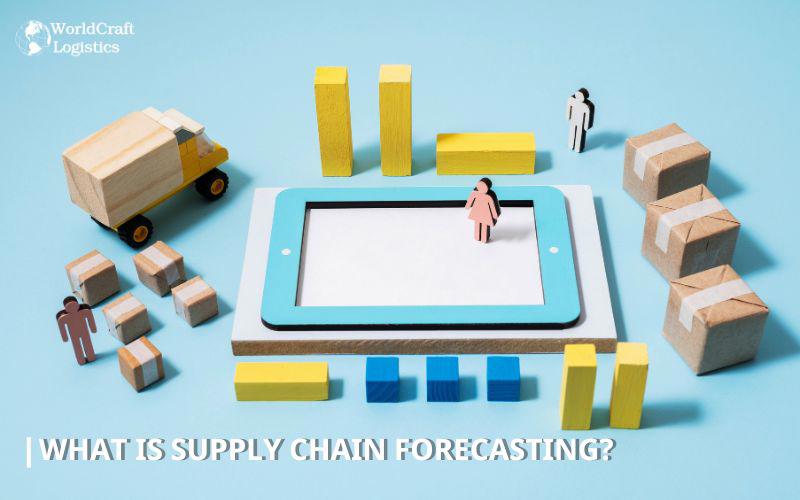
Supply Chain Forecasting is the strategic process of anticipating demand, supply availability, and pricing fluctuations across an industry. By analyzing supplier data-whether they provide finished goods or raw materials-businesses can accurately predict inventory levels and determine optimal procurement timelines.
Modern Supply Chain Forecasting leverages artificial intelligence (AI) to enhance efficiency, reduce costs, and deliver real-time, data-driven insights. AI-powered forecasting platforms can process vast amounts of historical and real-time data, enabling organizations to maintain a responsive, agile, and resilient supply chain.
For instance, advanced forecasting algorithms analyze supplier and customer data to predict product pricing trends. These models also factor in external variables-such as weather patterns or geopolitical disruptions-to improve the accuracy of price and demand forecasts, ensuring businesses stay ahead of market fluctuations.
>>> Read more: Supply Chain Planning: Boost Efficiency and Reduce Costs
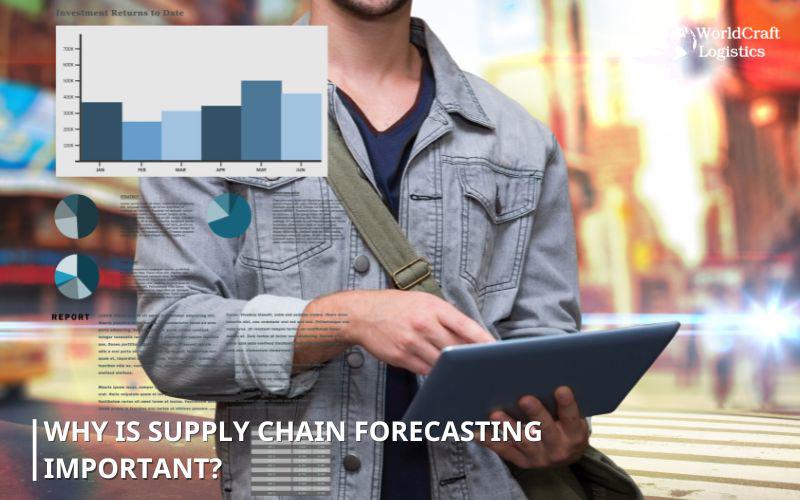
Supply Chain Forecasting is a critical component of supply chain management, particularly in the fast-paced world of e-commerce. Without the ability to accurately predict future demand, pricing fluctuations, and supply availability, businesses struggle to make informed decisions across tactical, operational, and strategic levels.
Effective Supply Chain Forecasting empowers companies to leverage data-driven insights for smarter decision-making. From conducting competitive analyses to identifying demand patterns based on historical sales data and market trends, forecasting ensures brands stay ahead of shifting consumer needs.
At its core, Supply Chain Forecasting is about achieving the ideal balance between supply and demand. Overestimating demand can lead to surplus inventory, increased storage costs, and financial losses. Conversely, underestimating demand results in stockouts and lost revenue opportunities. Both scenarios directly impact profitability and business growth.
In today’s competitive landscape, Supply Chain Forecasting is not just an advantage-it’s a necessity for companies striving to maintain resilience, optimize resources, and drive long-term success.
Qualitative forecasting methods are used when historical data is limited or unavailable. These rely on expert opinions, market research, and industry insights.
Delphi Method:
Example: A logistics company forecasts demand for electric trucks in the next decade by gathering opinions from a panel of industry experts. These experts anonymously provide input and revise their forecasts based on feedback until a consensus is reached.
Market Research:
Example: A fashion retailer conducts a survey of 1,000 customers to understand interest in an upcoming sustainable clothing line. The survey results help predict the potential demand for these eco-friendly products.
Salesforce Forecasting:
Example: A beverage company asks its sales reps to estimate the demand for soft drinks in the upcoming quarter. The reps provide insights based on their relationships with customers and market trends.
Time series forecasting relies on historical data to identify patterns over time, including trends, seasonality, and cyclical fluctuations.
Moving Averages:
Example: A grocery store averages the sales of milk over the last 12 weeks to forecast the next week’s demand. This helps smooth out short-term fluctuations and highlights longer-term trends.
Exponential Smoothing:
Example: A toy manufacturer uses an exponential smoothing model to predict demand for seasonal toys, placing more emphasis on the most recent sales data to account for sudden increases in demand during the holiday season.
ARIMA (AutoRegressive Integrated Moving Average):
Example: An airline uses ARIMA to analyze historical flight booking data and predict future passenger demand during peak travel seasons like summer or holidays.
Causal forecasting models examine the relationship between a dependent variable (demand) and one or more independent variables (factors that influence demand).
Regression Analysis:
Example: A car manufacturer uses regression analysis to predict demand for electric vehicles. They analyze the relationship between fuel prices and consumer behavior, finding that as fuel prices increase, demand for electric vehicles rises.
Econometric Models:
Example: A global shipping company builds an econometric model to forecast freight volume, incorporating factors like GDP growth, global trade volumes, and currency fluctuations to predict future shipping demand.
Advanced machine learning algorithms and AI tools analyze large datasets to detect complex patterns and improve forecasting accuracy.
Neural Networks:
Example: An e-commerce platform uses a neural network model to predict which products will be most popular next month. It analyzes vast amounts of customer data, including browsing history and past purchase behavior, to identify emerging trends.
Random Forest:
Example: A warehouse uses a random forest model to predict inventory needs by analyzing factors like seasonality, weather conditions, promotional events, and local holidays. The model generates multiple decision trees and averages their predictions for greater accuracy.
Deep Learning Models:
Example: A logistics company implements deep learning models to monitor real-time data from its supply chain. The model detects patterns in shipping delays and predicts potential disruptions, allowing the company to adjust delivery schedules proactively.
These methods are used to model different possible future outcomes and assess risks in the supply chain under various scenarios.
Monte Carlo Simulation:
Example: A pharmaceutical company uses Monte Carlo simulations to predict demand for flu vaccines. By running thousands of simulations based on various inputs (e.g., historical sales data, population demographics, and vaccination rates), they determine the likelihood of supply shortages during flu season.
What-If Analysis:
Example: A supply chain manager uses what-if analysis to assess the impact of a port strike on the company’s distribution network. They simulate several scenarios, adjusting for different lengths of the strike and its effects on product availability and delivery times.
>>> Read more: Inventory Visibility: 6 Benefits & Solutions to Your Supply Chain
Here’s a table comparing Quantitative vs. Qualitative Forecasting Methods:
Aspect | Quantitative Forecasting Methods | Qualitative Forecasting Methods |
Definition | Uses historical data and mathematical models to predict future demand. | Relies on expert opinions, intuition, and market research when data is limited or unavailable. |
Data Requirement | Requires historical data (e.g., past sales, trends). | Does not require historical data, relies on subjective input. |
Approach | Objective, based on numbers and statistical methods. | Subjective, based on judgment, experience, and qualitative inputs. |
Method Examples | Moving averages, ARIMA, Regression analysis, Exponential smoothing. | Delphi method, Market research, Salesforce forecasting. |
Accuracy | Generally more accurate when reliable historical data is available. | Less accurate, depends on the quality of expert opinion and market research. |
Use Case | Best used for stable environments with consistent data trends. | Ideal for new products, entering new markets, or uncertain conditions where data is lacking. |
Time Frame | Short-term or long-term predictions, depending on the method. | Typically short-term, but can also be used for long-term strategic decisions. |
Complexity | Requires statistical knowledge and data analysis tools. | Simple, requires less technical knowledge but relies heavily on judgment. |
Flexibility | Less flexible, as it is constrained by available data and statistical assumptions. | More flexible, as it adapts to changes in the market or expert insights. |
Examples in Practice | A retailer uses moving averages to predict demand for a specific product based on past sales data. | A startup uses expert opinions and market surveys to forecast demand for a new product. |
This table gives a clear comparison between Quantitative and Qualitative Forecasting Methods, showcasing their strengths, limitations, and use cases.
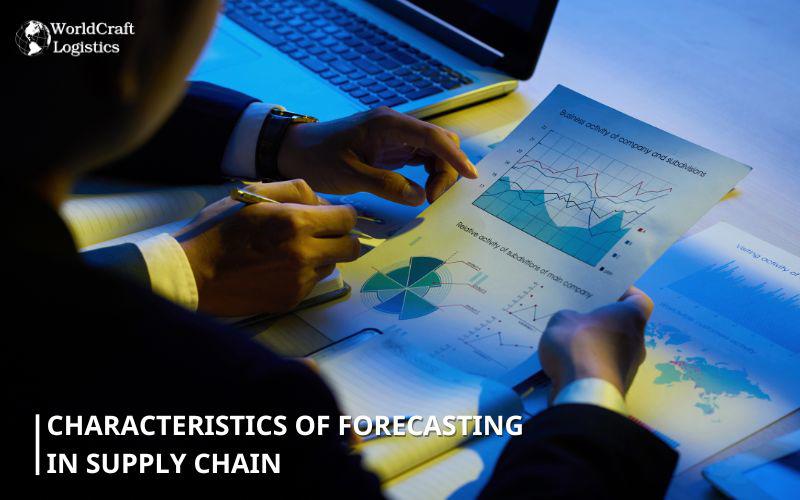
Forecasting in supply chains is essential for making informed decisions, optimizing operations, and ensuring efficiency. Key characteristics include:
Accuracy: Accurate forecasts align closely with actual demand, helping optimize inventory levels and reduce stockouts.
Timeliness: Forecasts must be made in a timely manner to allow for necessary adjustments in operations, such as ordering inventory and adjusting staffing levels.
Flexibility: Forecasts should adapt to unexpected changes, such as market disruptions or demand shifts, ensuring companies remain responsive.
Reliability: A reliable forecasting process consistently produces trustworthy results, supporting confident decision-making across the business.
Cost-Effectiveness: Forecasting methods should balance costs with value, ensuring efficient resource allocation without overspending.
Integration: Forecasting should be aligned with other supply chain functions like inventory management and distribution, promoting cohesive business operations.
Granularity: Forecasts should be specific enough to provide actionable insights, whether for individual products, regions, or time periods.
Long-Term vs. Short-Term Focus: Forecasts can focus on short-term (e.g., daily inventory) or long-term (e.g., capacity planning) objectives, depending on the business’s needs.
Seasonality and Trend Awareness: Effective forecasts account for recurring seasonal patterns and long-term trends, ensuring preparedness for demand fluctuations.
Uncertainty and Risk Management: Forecasting must manage uncertainty and risks, allowing businesses to plan for various potential scenarios and mitigate supply chain disruptions.
These characteristics highlight the complexities involved in forecasting within the supply chain. Successful forecasting can drive operational efficiency, reduce costs, and enhance customer service, but requires accuracy, flexibility, and integration with other functions in the business.
Supply chain forecasting faces several challenges that can impact its effectiveness. One of the primary issues is the accuracy of data. Inaccurate or incomplete data can lead to faulty predictions, causing inventory shortages or excess stock. Additionally, external factors such as market fluctuations, economic shifts, and unforeseen events (like natural disasters or pandemics) can disrupt demand patterns, making forecasts less reliable. The ability to adapt to these external disruptions is crucial but often difficult.
Another challenge is the complexity of integrating forecasts across different business functions. Aligning demand forecasts with production, procurement, and distribution processes requires seamless communication and data sharing across departments. This integration can be hindered by outdated systems, siloed operations, or a lack of standardized processes. Moreover, human factors, such as reliance on expert judgment or biased assumptions, can also affect the accuracy of qualitative forecasts. Addressing these challenges requires continuous improvement, investment in technology, and better collaboration across the supply chain.
>>> Read more: Supply Chain Agility: One of important Supply Chain Strategies
To stay updated on Supply Chain News & Trends, you can adopt the following strategies:
Regularly read reports from organizations like Gartner, McKinsey, and DHL to get insights into the latest trends, challenges, and forecasts in supply chain management. Additionally, subscribing to academic journals and research papers will deepen your understanding of emerging strategies and technologies.
Utilize platforms like Llamasoft, Infor, or SAP Integrated Business Planning (IBP) to stay ahead of trends and optimize decision-making. These AI-driven tools analyze data in real-time, providing predictive insights, demand forecasts, and automation features that are crucial for managing supply chain disruptions.
Follow popular logistics and supply chain blogs like Supply Chain Dive, Transport Topics, and CSCMP’s Supply Chain Quarterly for daily updates. Participate in webinars and conferences hosted by organizations like The Council of Supply Chain Management Professionals (CSCMP) and The Institute for Supply Management (ISM) to gain knowledge from industry experts and network with peers.
By combining these resources, you can stay informed and adaptable to the rapidly evolving supply chain landscape.
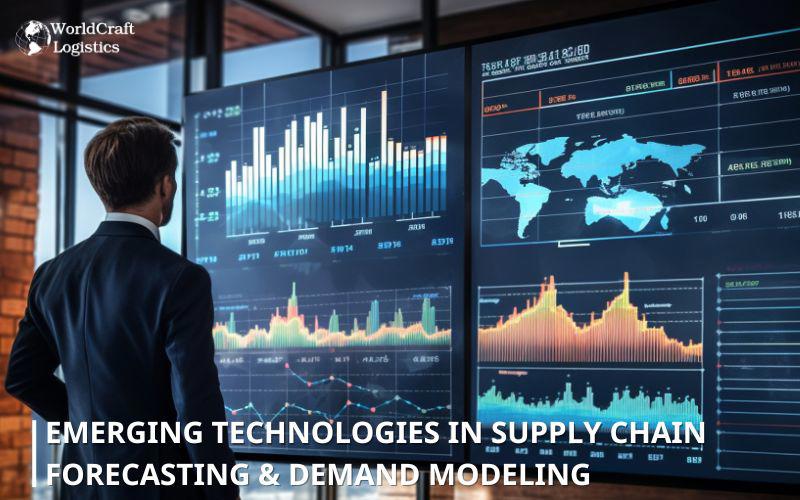
Emerging technologies are significantly transforming supply chain forecasting and demand modeling, making them more accurate, responsive, and efficient. Here are some key technologies shaping these areas:
AI and ML are revolutionizing forecasting by analyzing massive datasets to predict demand patterns with greater accuracy. These technologies can identify trends, predict anomalies, and adapt to changes in real-time, making demand forecasting more dynamic.
Example: Companies like Amazon and Walmart use AI-powered demand forecasting to predict product needs, adjust inventories, and improve customer satisfaction.
IoT enables the real-time tracking of goods, equipment, and inventory across the supply chain. By providing accurate, real-time data from sensors and connected devices, IoT helps improve the granularity of demand modeling, allowing companies to respond faster to market shifts.
Example: Caterpillar uses IoT sensors to monitor machine performance, helping predict the demand for replacement parts based on usage patterns.
Blockchain enhances transparency and traceability in the supply chain, making it easier to predict demand and track inventory movements securely. It also allows for better collaboration between supply chain partners, improving overall demand forecasting accuracy.
Example: IBM’s Food Trust Network uses blockchain to track the journey of food products, providing accurate data for more precise demand planning.
Cloud-based platforms allow for the centralized storage and sharing of data, enabling real-time forecasting across different departments and locations. This provides companies with flexible, scalable solutions for demand modeling that can quickly adapt to changes in the market or supply chain.
Example: Oracle’s Cloud Supply Chain Management platform offers advanced forecasting tools powered by AI, enabling businesses to manage demand more effectively.
Big Data enables companies to process vast amounts of data from various sources (sales, social media, market trends, etc.) to forecast demand more accurately. This technology identifies patterns and correlations that traditional methods might miss, improving decision-making.
Example: Netflix uses big data to forecast demand for original content based on viewer preferences, helping in content creation and distribution planning.
Digital twins create virtual replicas of physical supply chain assets, processes, or systems. This allows companies to simulate different scenarios and predict how changes will affect demand. Digital twins improve forecasting by modeling the entire supply chain, including supplier behavior, transportation, and inventory levels.
Example: Siemens uses digital twins to simulate and optimize supply chain operations, enhancing their demand forecasting accuracy.
Predictive analytics uses historical data and statistical algorithms to predict future demand patterns. These models can forecast demand fluctuations, identify potential disruptions, and optimize inventory management based on predictive insights.
Example: Target uses predictive analytics to forecast product demand and optimize stock levels, reducing excess inventory and stockouts.
Autonomous vehicles and drones contribute to supply chain forecasting by enabling faster deliveries and more precise real-time data on the movement of goods. These technologies enhance demand modeling by providing accurate, real-time data from remote or hard-to-reach areas.
Example: UPS uses drones for package delivery in remote areas, gathering real-time data that helps improve forecasting accuracy.
At Worldcraft Logistics, effective supply chain forecasting is built on leveraging historical data, real-time information, and collaboration with key stakeholders, including suppliers and customers. By integrating advanced technologies like AI and machine learning, we ensure more accurate and adaptable forecasts that reflect current market conditions.
Regularly monitoring and adjusting forecasts, while considering external factors and maintaining safety stock, allows us to mitigate risks and optimize operations for our clients. These best practices, combined with continuous evaluation, help us drive efficiency, reduce costs, and enhance customer satisfaction.
Forecast accuracy depends on data quality, forecasting methods, and the ability to account for external factors like market changes, making it important to constantly refine models for better accuracy.
External factors like economic shifts, weather conditions, and global events (such as pandemics or geopolitical instability) can disrupt supply chains and affect demand, making it essential to account for these variables.
Short-term forecasting focuses on immediate needs (e.g., daily or weekly inventory management), while long-term forecasting helps in strategic planning for future capacity, production, and investment.
Collaboration between supply chain partners (suppliers, distributors, and customers) ensures that all stakeholders have input into forecasts, aligning production, procurement, and distribution plans.
Accurate supply chain forecasting allows businesses to manage inventory more efficiently by aligning stock levels with anticipated demand, reducing excess inventory and minimizing stockouts.
Demand planning software helps companies predict future demand by analyzing historical data, market trends, and external factors. It enables businesses to optimize production, reduce costs, and improve customer satisfaction.
Yes, incorporating real-time data and using scenario-based forecasting models can help businesses anticipate and mitigate disruptions caused by factors such as natural disasters, strikes, or global supply chain issues.
The bullwhip effect occurs when small fluctuations in demand lead to larger fluctuations in supply orders, often due to poor communication or inaccurate forecasting. This can result in overstocking or stockouts.
Collaborative forecasting involves sharing information and working closely with suppliers, distributors, and customers to develop more accurate forecasts, ensuring everyone is aligned on inventory and demand expectations.
Machine learning algorithms can analyze vast datasets and identify complex patterns, making it possible to predict future demand more accurately and adapt quickly to changes in customer behavior or market conditions.
In today’s fast-paced market, supply chain forecasting isn’t just a tool-it’s a necessity for staying competitive. Businesses that master forecasting can reduce waste, prevent stockouts, and respond swiftly to market changes. By leveraging data, technology, and collaboration, companies can transform uncertainty into opportunity. Are you ready to optimize your supply chain with smarter forecasting strategies?
SEO
Digital Marketing/SEO Specialist
Simon Mang is an SEO and Digital Marketing expert at Wordcraft Logistics. With many years of experience in the field of digital marketing, he has shaped and built strategies to effectively promote Wordcraft Logistics' online presence. With a deep understanding of the logistics industry, I have shared more than 500 specialized articles on many different topics.
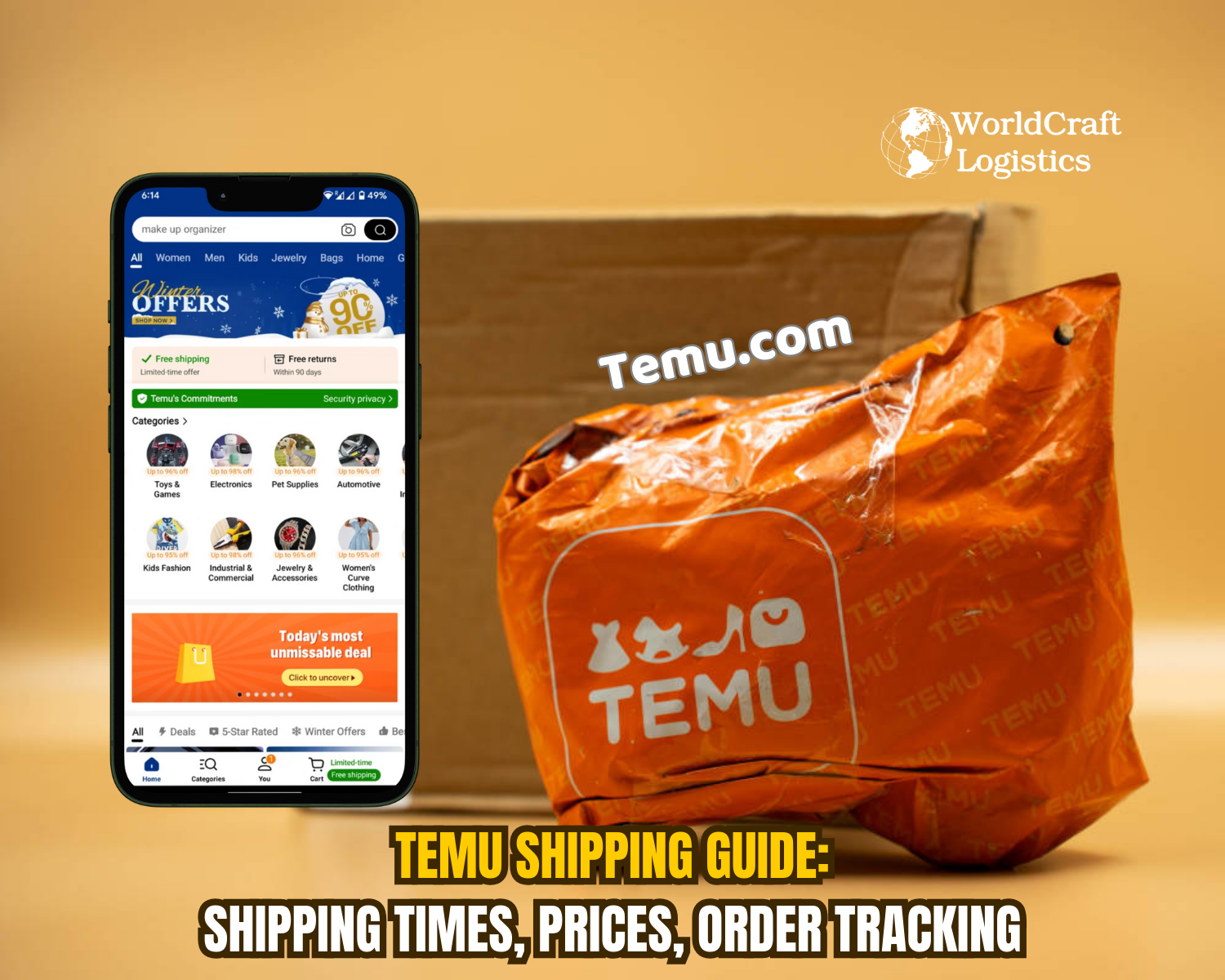
Education
01/05/2025
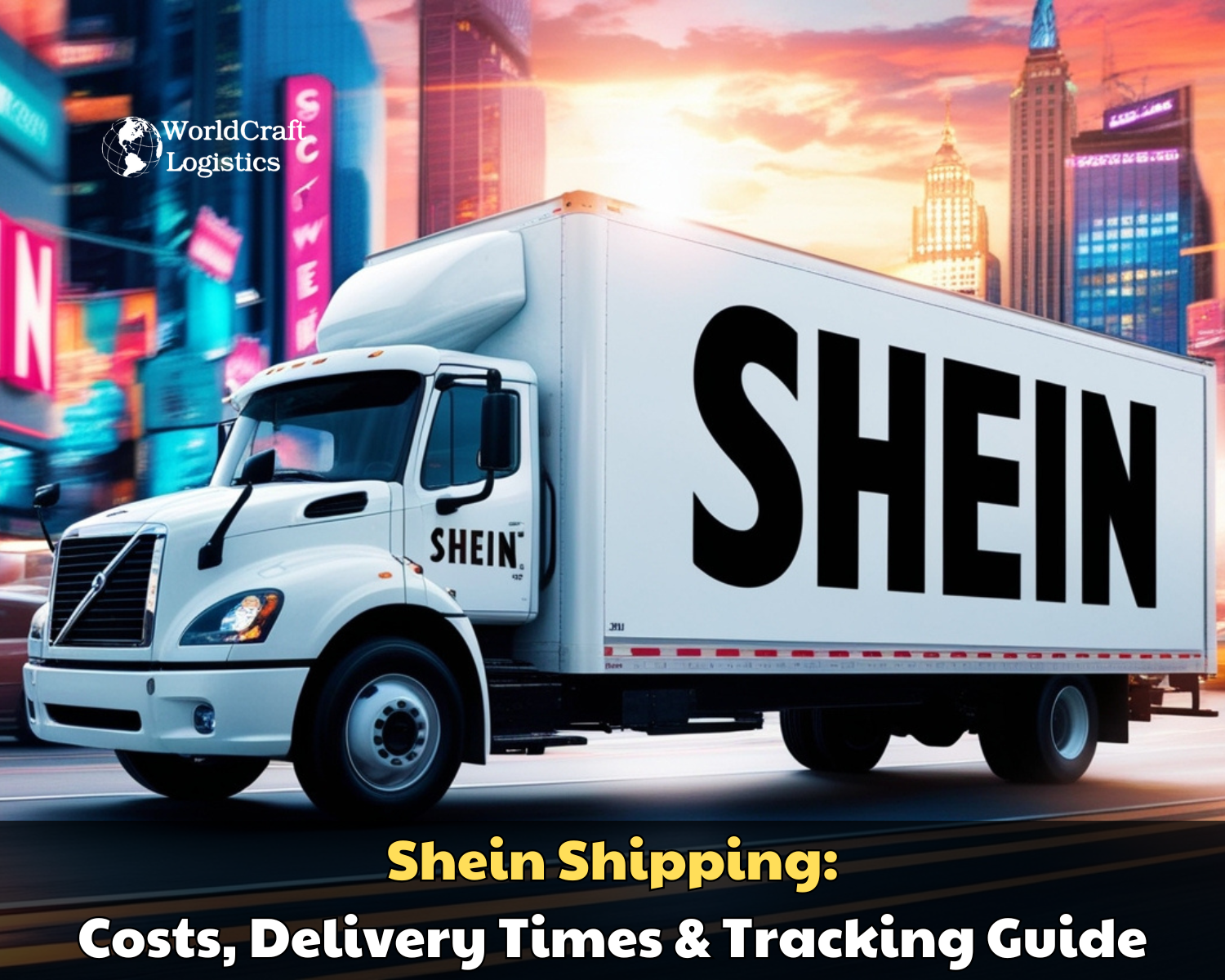
Education
02/18/2025
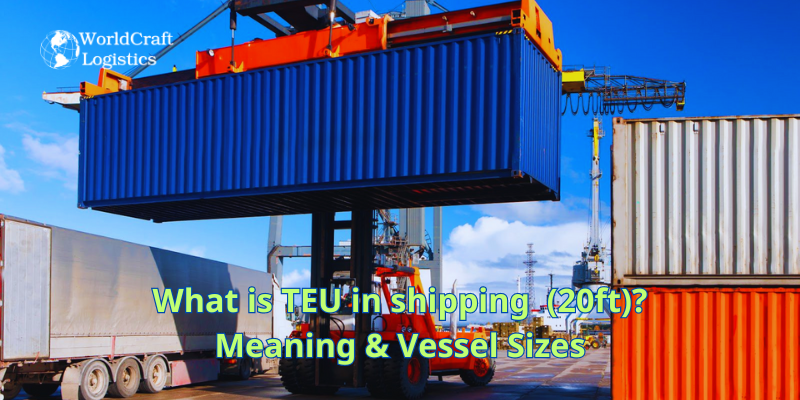
Education
01/01/2024
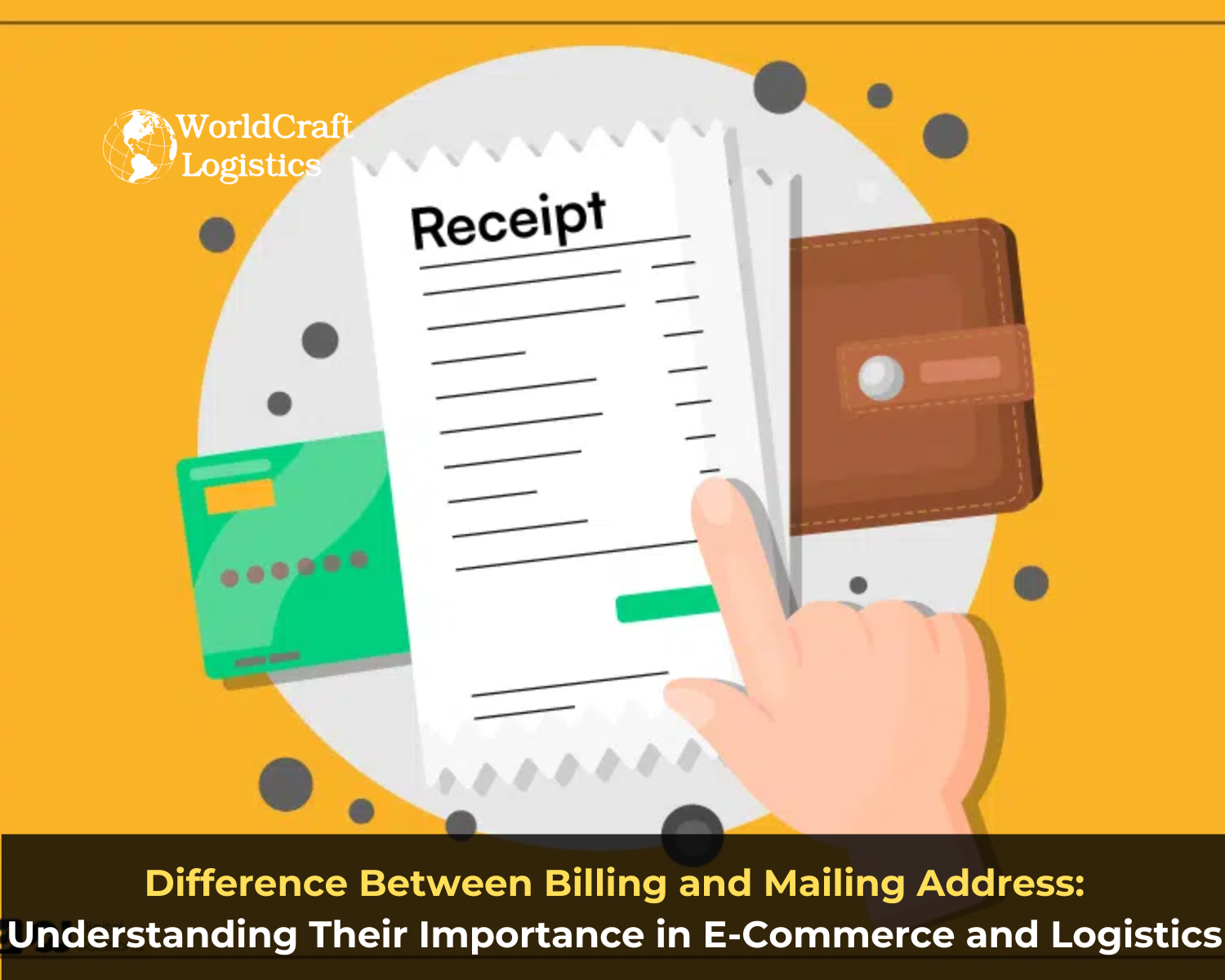
Education
08/28/2024

Education
11/13/2023